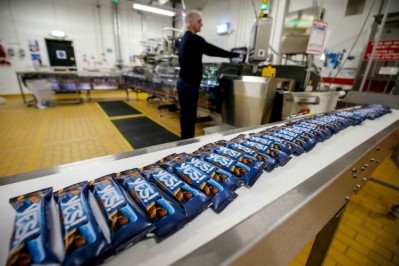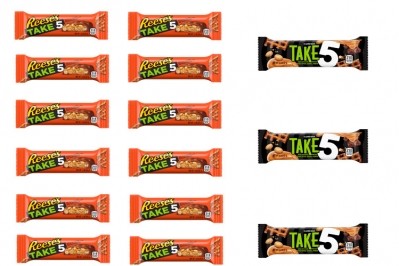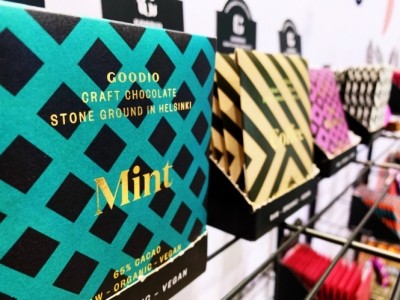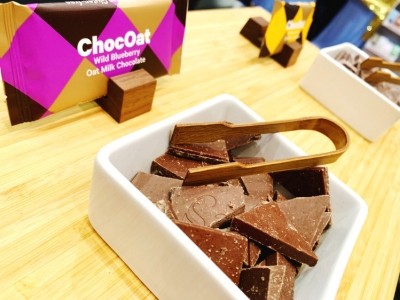Design
Chocolate packaging can evoke emotions, affect willingness to purchase: study
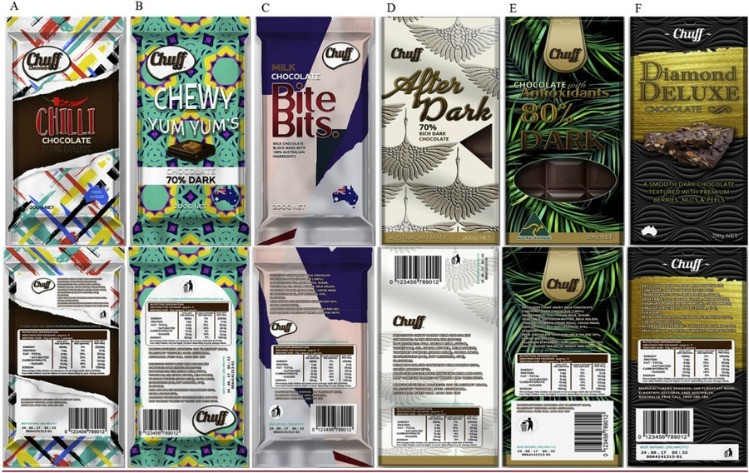
The University of Melbourne scientists postulated that packaging design would affect sensory appreciation of not only the wrapper itself but also the product within. They also wanted to know how these factors would affect repeat purchases.
The study asked 75 participants, ages 25 to 55, to evaluate the same product under three conditions: first, a blind taste test; then, packaging only; and finally, informed – or packaging plus chocolate.
The same dark chocolate was wrapped in six different packaging designs evoking ‘bold, fun, every day, special, healthy, and premium concepts. Participants ranked the samples with a proprietary ‘language’ of terms based on emotions.
"There's a difference in how consumers perceive intrinsic product cues – like flavor, aroma, and texture, which are associated with sensory and perceptual systems – and how they perceive external cues – like packaging materials, information, brand name, and price, which are associated with cognitive and psychological mechanisms," said Frank R. Dunshea, one of the study’s leaders and a professor at the School of Agriculture and Food at Australia’s University of Melbourne.
"The information provided via packaging can influence customers' expectations and affect their emotional response when their sensory experience confirms or doesn't confirm their initial impression,” he continued.
Packaging can change minds
Taste first, look second – then do both
Participants, a majority of whom were women, first tasted a tablet of chocolate for the ‘blind condition’ portion of the survey.
Five minutes later, researchers showed them the six packaging concepts on a tablet screen – for a total of 10 seconds per design. The consumers could choose any number of the 24 emotion-based terms, such as adventure, energy, togetherness, balance and luxury.
Finally, over the course of five minutes, participants received – one by one – the packaging design and a corresponding piece of chocolate.
The researchers created six wrappers based on the NeedScope model, which helps companies build ‘irresistible’ brands, and ‘current and leading design trends’ that would evoke existing chocolate brands.
The team settled on the umbrella brand name of Chuff, from the cultural Australian term chuffed, which means ‘very pleased’.
From patterns and textures to the number of colors, fonts and product callouts, the packaging – developed by a graphic designer with food industry experience – resembled ‘common Australian packaging designs,’ according to the study.
All but one of the prototypes described a dark chocolate.
The ‘bold’ brand, for instance, featured chili peppers in a 70% dark chocolate, while the ‘fun’ version – called Yum Yum’s – added caramel and bright, pastel colors in a kaleidoscopic pattern. The ‘every day’ bar, Bite Bits, listed milk chocolate.
On the other end of the spectrum, the ‘special’ concept was named ‘After Dark’ and used the word ‘rich’ to describe the dark chocolate. The ‘healthy’ bar contained a higher cacao content and antioxidants, while the ‘premium’ concept used the term ‘deluxe’ and boasted the addition of berries, nuts and fruit peels.
Positive attributes spur repeat purchases
The study revealed a ‘moderate positive correlation’ between consumers’ penchant for the taste and package, with the ‘special’ concept receiving the strongest reactions.
Additionally, the researchers said, consumers tied the everyday concept with fun and bold emotions; premium with fun and every day; and special with health.
Positive attributes – including happy, health, bright, relaxing, balance, and friendship – significantly increased regardless of packaging. Notably, the study emphasized that willingness to purchase increased alongside affinity for all six packaging concepts.
Participants were led to believe they would be trying a chili-flecked chocolate, for instance, but every chocolate they tasted was the same, plain dark chocolate. Because they still preferred one chocolate to another, “this further confirms that the food packaging has played a major role in sensory experience of participants,” the authors wrote.
“The significant differences in the selected proportions of some emotion-based terms between the packaging and informed conditions…shows that the packaging concepts arouse different emotions in the mind of the consumers,” they continued, calling out background color in particular.
Added study co-lead Sigfredo Fuentes at the University of Melbourne, “An estimated 60% of consumers' initial decisions about products are made in stores solely by judging the packaging. As a result, our findings offer important insights that can be used in product design and development to control product intrinsic and extrinsic attributes by enhancing the emotional attachment towards the food products.”
---
Heliyon: Volume 5, Issue 6 – June 2019
Authors: N.M. Gunaratne, S. Fuentes, F. Dunshea, et al.
